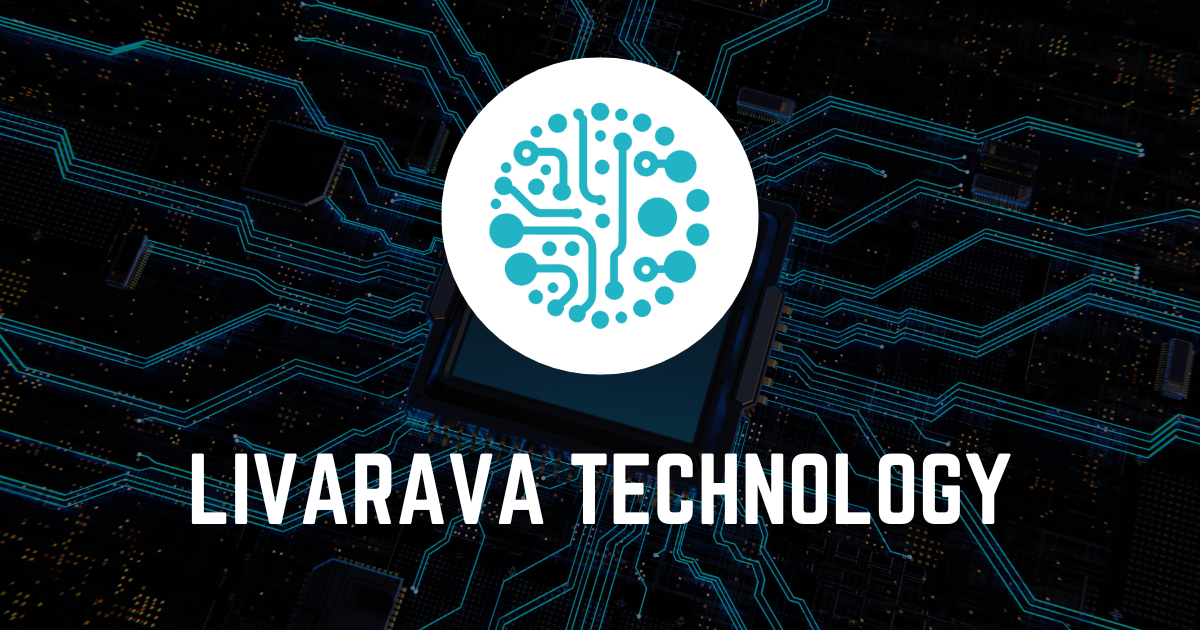Gaia Spacecraft: How NASA's Resilient Telescope Continues to Shine Post-Crisis

Gaia's Remarkable Recovery
The European Space Agency's Gaia spacecraft has made impressive strides in data collection after facing serious challenges last year. A micrometeoroid strike and a solar storm severely affected its operations, yet the spacecraft has managed to return some of its best data.
Impact of the Micrometeoroid Strike
- The meteoroid strike damaged essential components of the spacecraft.
- Despite the damage, Gaia has shown resilience.
- High-quality star data continues to be collected, contributing significantly to our understanding of the Milky Way.
Data Quality and Importance
- Gaia is crucial for mapping the Milky Way.
- It allows astronomers to study stellar distributions and movements.
- The data can lead to new discoveries about the structure of our galaxy.
In conclusion, the Gaia spacecraft stands as a testament to the enduring spirit of exploration and the importance of technological advancement in the field of astronomy.
This article was prepared using information from open sources in accordance with the principles of Ethical Policy. The editorial team is not responsible for absolute accuracy, as it relies on data from the sources referenced.